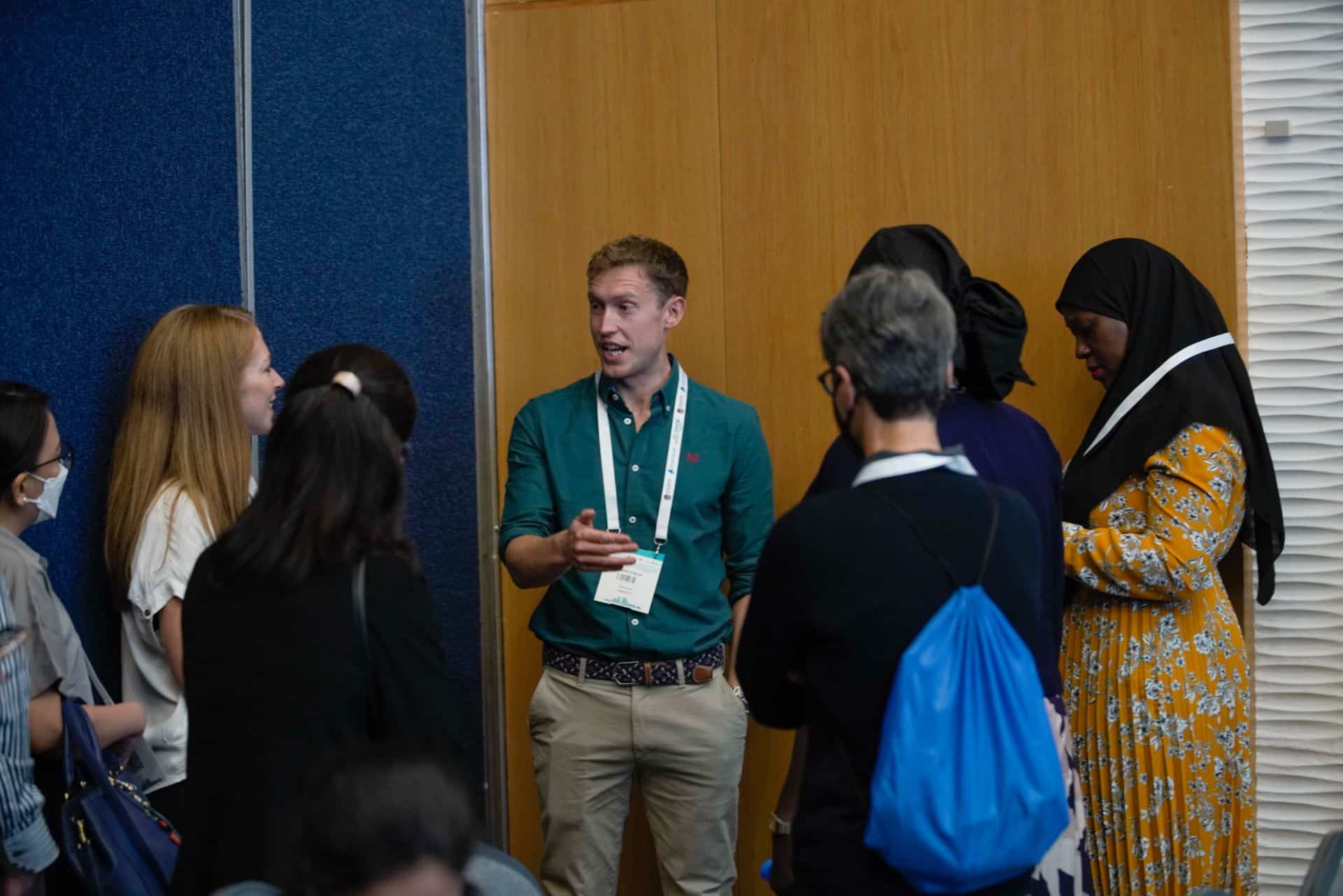Short Oral
Assessing physical activity research, surveillance, and policy in Canada
Background: Although Canada has a high capacity for physical activity research, surveillance, and policy, physical inactivity in Canada remains a growing concern.
Purpose: The present study aims to make a bibliometric analysis of physical activity and health research in Canada and assesses existing national level physical activity surveillance and policy measures.
Methods: Articles including data collected in Canada were extracted from a systematic review conducted by the Global Observatory for Physical Activity (GoPA!) which contained physical activity and health publications between 1950-2019. Publication trends were analyzed, as well as author affiliation. Publications were categorized into five areas (1. Surveillance; 2. Correlates and determinants; 3. Health consequences; 4. Interventions; and 5. Policy). Physical activity surveillance systems were assessed based on the inclusion of clear periodicity, instruments used, and age inclusivity. Policy was examined for the presence of a standalone physical activity plan/policy, and for the existence of national physical activity guidelines.
Results: Of the >23,000 worldwide publications identified from the systematic review; 1,962 articles were attributed to Canada. While the number of publications has increased substantially over time by decade (1980s: 34 articles vs 2010s: 1288 articles), the upward trend appears to have changed more recently when observing publications annually. In Canada, most publications have focused on surveillance (37%), with few articles on interventions (7%). The Canadian Health Measures Survey (CHMS) and the Canadian Community Health Survey (CCHS) collect self-report physical activity data routinely, while the CHMS also collects accelerometer data. Canada is fortunate to have a standalone physical activity plan, “A Common Vision”, in addition to 24-Hour movement guidelines for various populations.
Conclusions: Through collaborative and coordinated action, Canada remains well equipped to tackle physical inactivity.
Practical implications: Continued efforts are needed to enhance sustained awareness of existing physical activity promotion resources to increase physical activity.
Funding: N/A.
Submitting Author
Ashley Cathro
Population Group
Not Applicable
Study Type
Policy (e.g. policy or guideline development)
Setting
Whole System



